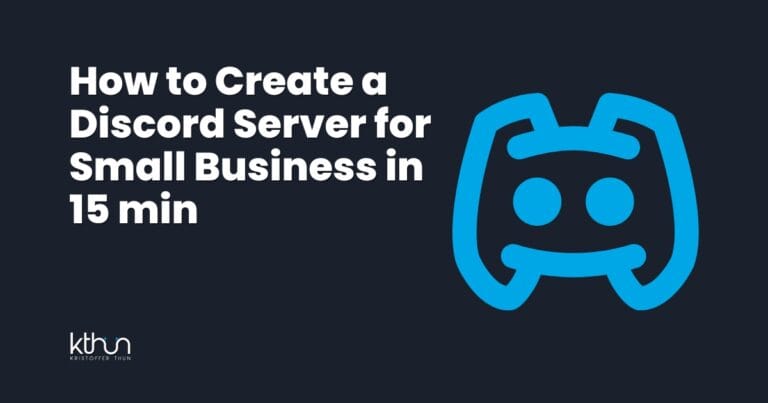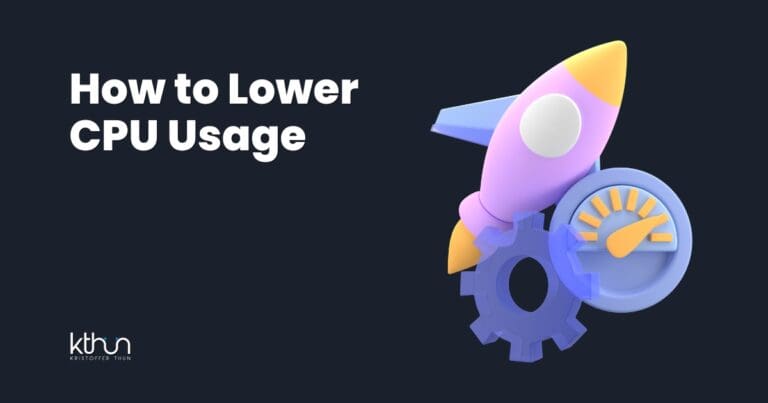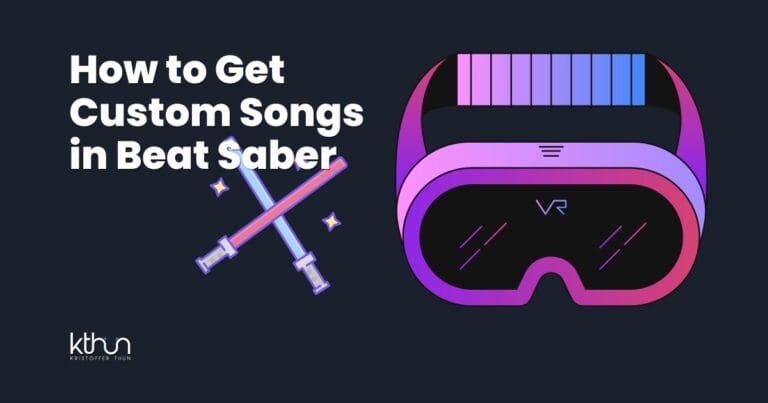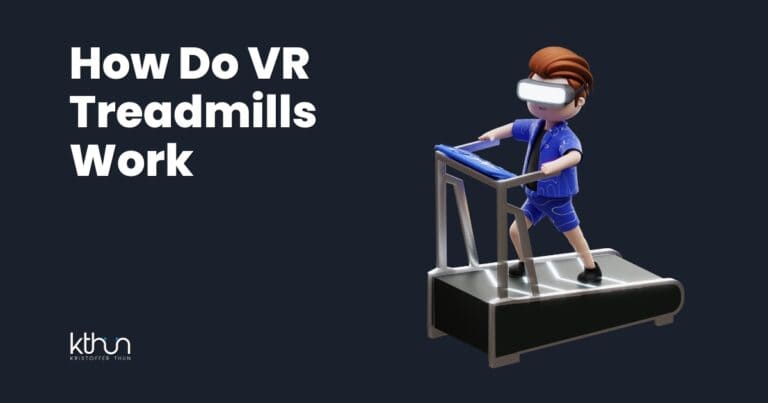“Become who you are by learning who you are.”
Robert Greene, Mastery
Are you stuck in a job that drains your energy? Do you feel destined for something more, but don’t know what?
Then this workbook is for you—to find your thing or your calling.
You’re not alone.
I’ve struggled with this my entire life. Years ago, I began questioning the way I worked.
Despite following the traditional path with education and a well-paid job in IT, I felt empty and lost.
I sought answers in books and online.
It wasn’t until I started questioning what I wanted out of life that I began to find my way.
I strongly believe that we need to give ourselves time to discover who we are—by following our curiosity, continuously learning, and exploring.
To help you, I’ve gathered all the tools that have helped me on my journey over the years.
This workbook is designed for those who want to find meaningful work that aligns with their skills, interests, and values.
It’s not about finding a perfect answer overnight.
It’s time to step off the beaten path and find other ways that lead you right.
It’s about embarking on a journey of self-discovery to find work that energizes you, serves others, and gives you the opportunity to create the lifestyle you want.
Are you ready?
I partner with awesome companies that offer products that help my readers achieve their goals! If you purchase through my partner links, I get paid for the referral at no additional cost! For more information, visit my disclosure page.
Find Your Thing – Your Guide to Discovering Passion and Potential
1. Innate Talents
Discover what naturally flows through you.
Our history holds incredible value, especially from when we were children.
It gives us clues about who we are, which we may have forgotten.
As children, we did what came naturally without any facade.
I see it in my children today, and it’s wonderful to witness.
These exercises have helped me:
- Highlights
- List 3–5 moments when you felt most alive or fulfilled.What were you doing then?Who were you with?What made these moments special?
- Life Patterns
- What activities have consistently brought you joy throughout your life?
- What challenges have you overcome, and what skills have you developed?
- What achievements are you most proud of (from the simplest things to the greatest)?
Tip: Draw a “Life Line” from your birth to now. What were you doing at different points? How did you feel?
2. Value to Others
“Enjoyment appears at the boundary between boredom and anxiety, when the challenges are just balanced with the person’s capacity to act.”
Mihaly Csikszentmihalyi, Flow
Understanding how your abilities can serve others.
At our core, we humans want to feel needed and that what we do matters.
At the same time, our work should be challenging—but not too much and not too little.
That way, we can grow and be in a state where we feel alive.
- External Feedback
- Ask 3 to 5 people who know you well: “What do you think I’m good at?”
- What do others usually come to you for help with? (Make a list over time)
- What compliments do you regularly receive?
- When have you seen me at my best?
- Hidden Strengths
- What do others struggle with that seems effortless to you?
- What tasks do you find easy that others find challenging?
- What problems do you enjoy solving?
- What skills have you developed without formal education?
“What brings no benefit to the hive brings none to the bee.”
Marcus Aurelius
3. Passions and Curiosity
Explore what naturally draws your attention.
3. Passions and Curiosity
It can be difficult to know what truly interests us.
Sometimes, others see it more clearly than we do.
That’s why it can help to look at our digital footprints.
These give valuable clues about what sparks our curiosity.
Deep Dive into Interests
“Humans, we have far more interests and abilities than the ones we use at our jobs.”
The School of Life
1. Digital Footprints
- Check your YouTube history – what topics appear the most? Do you see a trend?
- What do you spend your money on? What patterns emerge?
- Look at your bookshelf or reading history – which subjects fascinate you?
2. Curiosity Mapping
- What topics could you talk about for hours?
- What makes you lose track of time?
- What global or local issues are you passionate about?
- If money weren’t an issue, what would you be doing?
Tip: Make a list of activities you’ve done over a week. Go through the list and rank them from 1 to 5—where 5 represents the most fulfilling.
4. Experiences and Wisdom
Gather insights from your journey.
Balance Inner and Outer Motivation
We often ignore what drives us from within.
We’re conditioned to chase external goals—status, money, approval—often at the cost of what we truly care about.
But when we align our work with our inner drive, it becomes more meaningful and sustainable.
1. Inner Compass
- What do you do even when no one asks or pays you?
- When have you felt most proud, regardless of recognition?
- What does success mean to you personally?
2. Outer Reality
- What do people need right now?
- Where is there a market or audience for what you love?
- How can your skills solve real problems?
5. Your Vision and Lifestyle
Paint the picture of your ideal future.
This isn’t about lofty dreams without grounding—but about envisioning a life you actually want to live.
A life that honors your values and rhythm.
1. Your Ideal Day
- Describe your perfect day from morning to night.
Where are you? What do you do? Who are you with?
2. Lifestyle Goals
- How many hours do you want to work each week?
- How much income do you need to feel secure?
- What kind of flexibility or freedom do you want?
3. Your Legacy
- What impact do you want to make?
- How do you want to be remembered?
- What would make you feel like your life was well-lived?
Find your intersection – Your unique potential in focus
Where your thing, your calling, your element lives.
Now it’s time to tie together all the insights you’ve gathered.
You’ve explored your innate talents, the value you create for others, your passions and the experiences that shaped you.
The question is: Where does all this come together to create your unique path?
1. Reflect and identify
Take a moment and go through your lists and exercises.
What themes emerge again and again?
Is there an area where your talents, values, passions and experiences naturally overlap?
This is your potential intersection – where you feel the energy flowing and where you can make a real difference.
2. Explore and experiment
Dare to try small steps.
Maybe that means starting a blog, trying out a project or offering your expertise in an area you love.
Experimenting gives you immediate feedback on what feels right. Take note of how you feel and what opportunities arise.
This is not an instant fix, but a process where each experience brings you closer to understanding your true self.
3. Trust your inner compass
Your intersection is more than just a compilation of your skills and interests – it’s where your inner drive and your personal vision meet.
Don’t be afraid to adjust your course along the way.
Sometimes it may require you to step outside your comfort zone and take risks to discover what really makes your heart beat a little faster.
4. Celebrate the journey
Remember, it’s not about finding the ‘perfect’ answer overnight.
It is a continuous journey of learning, experimenting, and growing. Be proud of every step you take and trust that your unique combination of experiences and dreams will lead you right.
It’s your time to shine – follow your inner compass and discover your thing!
Next Step – Final Thoughts
It does not have to be limited to these four elements.
These four are meant to be a guiding framework – a starting point to help you reflect on the aspects that often contribute to finding your unique path. We are complex beings with unique
Keep exploring and refining until you find the perfect spot there:
- Your talents flow naturally.
- Others gain genuine value.
- Your passions fuel your work and inspire others.
- Your experiences add wisdom.
- Should you have a job, freelance, self-employed? There are endless possibilities when we find our thing. Each path is unique to us all.
FAQs for “Find Your Thing”
How long does it typically take to “find your thing”?
There’s no standard timeline—it’s a continuous journey of self-discovery rather than an overnight revelation. Most people need several months of reflection and experimentation, trying different activities and noticing patterns in what energizes them.
What if I have multiple interests but can’t choose just one?
That’s perfectly normal! Many successful people combine multiple interests into a unique career path. Look for the intersection where your various passions overlap, or consider a primary focus with secondary interests that complement it. Your diverse interests can become your distinctive advantage.
How do I know if my passion can actually become a viable career?
Test it through small experiments first—freelance projects, volunteer work, or side hustles. Research market demand, identify who might pay for your skills, and talk to people already doing similar work. The sweet spot is where your passions overlap with what others need and value.
What if I’m too scared to leave my current job even though I know it’s not right for me?
Start small without quitting immediately. Dedicate a few hours weekly to explore alternatives. Build skills, connections, and confidence gradually. Consider whether you could adjust your current role before leaving. Remember that temporary discomfort leads to long-term fulfillment.
How can I distinguish between a passing interest and my true calling?
True callings persist over time and energize rather than drain you. Look for activities you return to repeatedly, that you’d do even without external rewards, and that utilize your natural strengths. Your digital footprint and spending habits often reveal your genuine interests.






